 Your new post is loading...
 Your new post is loading...
Entrepeneur and marketer extraordinaire, Seth Godin, says "People do not buy goods and services. They buy relations, stories, and magic." 
The dilemma for many is that goods and services are easily quanitified. But, how do you assess PR results? How do you quantify the success of building relations or how well your stories are received? How can you analyze "magic?"
And yet, you must analyze results, or else you won't know what's working and what's not. Any PR firm worth its weight knows that you can't approach PR with a lackadaisical attitude.
To that end, I thought it would be helpful to round up 13 expert measurement guides. I've rounded it out to include guides on measuring your content marketing, client relationships, and social media since we all know that these are critical to your PR success....
Because PR and corporate communication strategies are often employed to achieve non-financial objectives, there are several other metrics to consider. The times when PR ROI was difficult to measure are long gone. In fact, big brands have been successfully measuring the ROI of public relations for some time now. While many still consider ROI in financial terms (the amount of money totaled from public relations campaigns after subtracting the costs), there are many other things that can be considered to calculate return on PR investment. In the past, the main measurement criteria was the quantity of coverage, channel of delivery and media type. Other factors included type of mention (feature or exclusive), whether the competitors were mentioned along, source credibility and popularity. Some of these factors applied online as well. For example, for a tech startup, features on sites like TechCrunch, Mashable or ReadWriteWeb represented (and for some still do) the holy grail of a PR campaign. Today, tracking PR ROI also involves measuring social media ROI, and measuring outcomes is the most important aspect of this equation....
Here's a short list of the best references and reading on public relations measurement and social media measurement. I was going to tell you to read these books before going back to school, but that much summertime homework is excessive, even for you over-achieving measurement mavens. So start with the first two... [KD Paine shares a useful reading list - JD]
I had an opportunity to spend time with several Belgian journalists. One of the notable conversations was with Erik Verdonck of Pub, a local magazine focused on the advertising industry. The three themes we touched upon are not only timely, but representative of the challenges that face marketers and strategists around the globe.
1. A social brand is not a social business. Please explain both concepts and the difference between them. 2. What is the main difference between the ‘Like’ button on Facebook and other direct response triggers? 3. How would you measure the return of social media campaigns? What should marketers look at? [Brian Solis explores the three questions well - JD]
For the price of your email address, the guys over at Social Habit will give you the new Edison Research/Arbitron survey on social media. It's well worth it. Below are a few highlights: People are liking brands more... (33% of users of social networking sites follow brands. That's up from 25% last year, and 16% the year before. This year, 36% of social network users said "none" when asked which social network most influenced their purchase behavior. That's way down from last year's 68%.) ...but almost nobody remembers one they like. (When asked "Think about the companies, brands, products, and services you enjoy following on social network sites. What is the first ONE that comes to mind?" only 332 out of 2,020 people polled responded, and the most frequent company mentioned was Nike, with just 9 mentions.)... [Great post loaded with research insight for PR & marketing - JD]
For many years there was a long-running debate amongst we commentators which ran along the lines of, “Should we even be strategising and measuring social media? [Now, there shouldn't be anY question, right? Right! JD]
|
Is Ad Value Equivalency always bad? One of the most lambasted metrics in public relations is the heavily-demonized Ad Value Equivalence (AVE). For those unfamiliar with it, one of the ways that has been used to measure the effectiveness of PR is to ask the question, if you had to buy the same level of impact, how much would it have cost you? For example, to get a quarter page of the New York Times is a listed national rate of 31.5 inches at an inch rate of $1,207 per inch, or $38,020 for a single weekday national ad. A well-placed editorial piece costs the time, effort, and connections that your PR team or agency can leverage for your benefit.
The reason that AVE has been so demonized in the PR world is that, from the perspective of public relations professionals, it greatly understates the impact of PR and confuses PR with advertising. In the example above, the ad in the New York Times simply does its work, and you get some results per dollar spent. The media placement, on the other hand, is sometimes syndicated, sometimes reprinted, sometimes blogged about, sometimes shared, and is generally considered more trustworthy by the average reader than an ad. None of the sharing that happens – especially in the digital editions of news media – is accounted for in AVE. The AVE formula simply treats PR as another form of advertising, which is functionally incorrect. Paid media and earned media aren’t the same, and shouldn’t be measured identically....
The CEO of Muck Rack recently listed four reasons the PR industry gets no respect. ...But, here’s the thing: I’m not so numbers driven I don’t recognize the need for the more, shall we say, light metrics. It is very difficult to measure brand awareness and the effectiveness of traditional PR. Because of that, we have to find ways to measure our efforts in ways that are meaningful to the executives paying us. I’ve broken down the types of things you can measure by light (brand awareness) and data-driven (business objectives). This is long. My apology…hopefully you can just cherry pick what makes most sense for your planning.... [Gini Dietrich writes about the PR measurement challenge ~ Jeff]
Everyone wants to know how to measure the ROI of their Twitter and Facebook marketing efforts. This infographic explores possible answers. This has to be one of the biggest questions banging around marketing conferences, blogs and social media gatherings. ”How do we measure the return on my investment (ROI) for the time, money and effort we put into Twitter and Facebook?” To truly answer that question, you need to define your own ROI. If it is a dollar for dollar equation, then you need to be able to quantify/tie a value to the time spent, calculate the dollars invested and then put the proper tracking/measurement tools in place to link your social media contacts/connections to actual sales. Are sales the only worthy ROI? Probably not. Like all marketing — you start by knowing what result you want....
Let's face it, something isn't right with Klout. If you're a marketing, public relations, or social media pro, you've been conditioned to recognize influence much like Judge Potter Stuart famously recognized objectionable content: hard to define, but you know it when you see it. On the surface, Klout is ingenious; it's essentially developed a way to score influence by analyzing some of your online activity (and any related activity from your network) and assign a value from one to one hundred. If you play the Klout game correctly, you receive a high score and loads of freebies. If you choose to sit out the Klout game, your score usually sinks faster than a stone. Take a moment to dig a little deeper into the Klout phenomenon, however, and you'll see what's missing from the equation. As a fifteen year veteran of internet marketing, social media and related disciplines, I cannot buy into the Klout hype. Our national obsession with our Klout scores is doomed to fade unless we take a more comprehensive approach to identifying true influence.... [Valuable perspective - JD]
...There are four key criteria for determining who is influential to you stakeholders online: - Frequency. How often are they writing about topic
- Relevance, i.e. are they writing about topics that are relevant and interesting to your stakeholders, are they producing content that is interesting to them.
- Resonance – do stakeholders find the content interesting enough to forward, share, like or retweet?
- Trust – do people actually trust the information that those influencers are putting out there... [An excellent look at online influence, measurement, evaluation and monitoring from KD Paine - JD ]
Sixty percent of Wikipedia articles about companies contain factual errors. That surprising number, and more, can be found in the infographic below, which is based on a research study of the relationship between public relations professionals and Wikipedia. The study is published in the Public Relations Society of America’s (PRSA) scholarly publication, Public Relations Journal....
|



 Your new post is loading...
Your new post is loading...

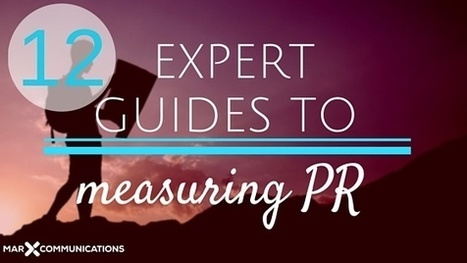



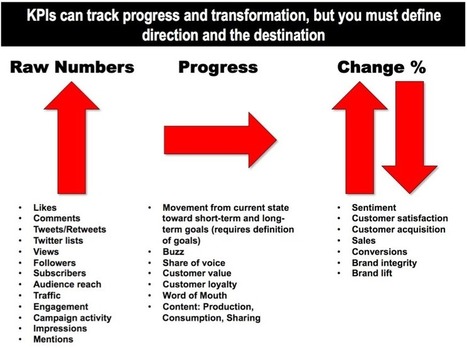
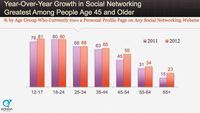
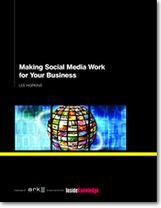
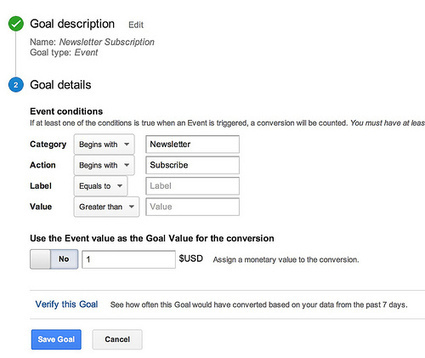
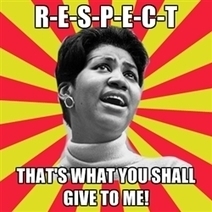



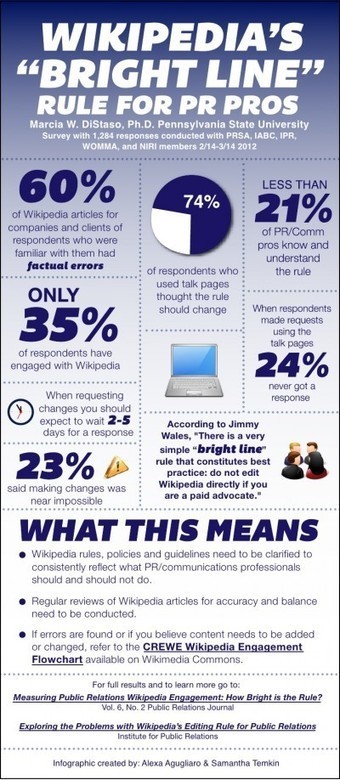





PR measurement is the cornerstone of any successful campaign. Check out these stellar guides, assembled by Wendy Marx, to keep you on track! Recommended reading. 9/10